


Learn how to effectively scraping grocery pricing data for comparison, gaining competitive insights and optimizing your pricing strategies.
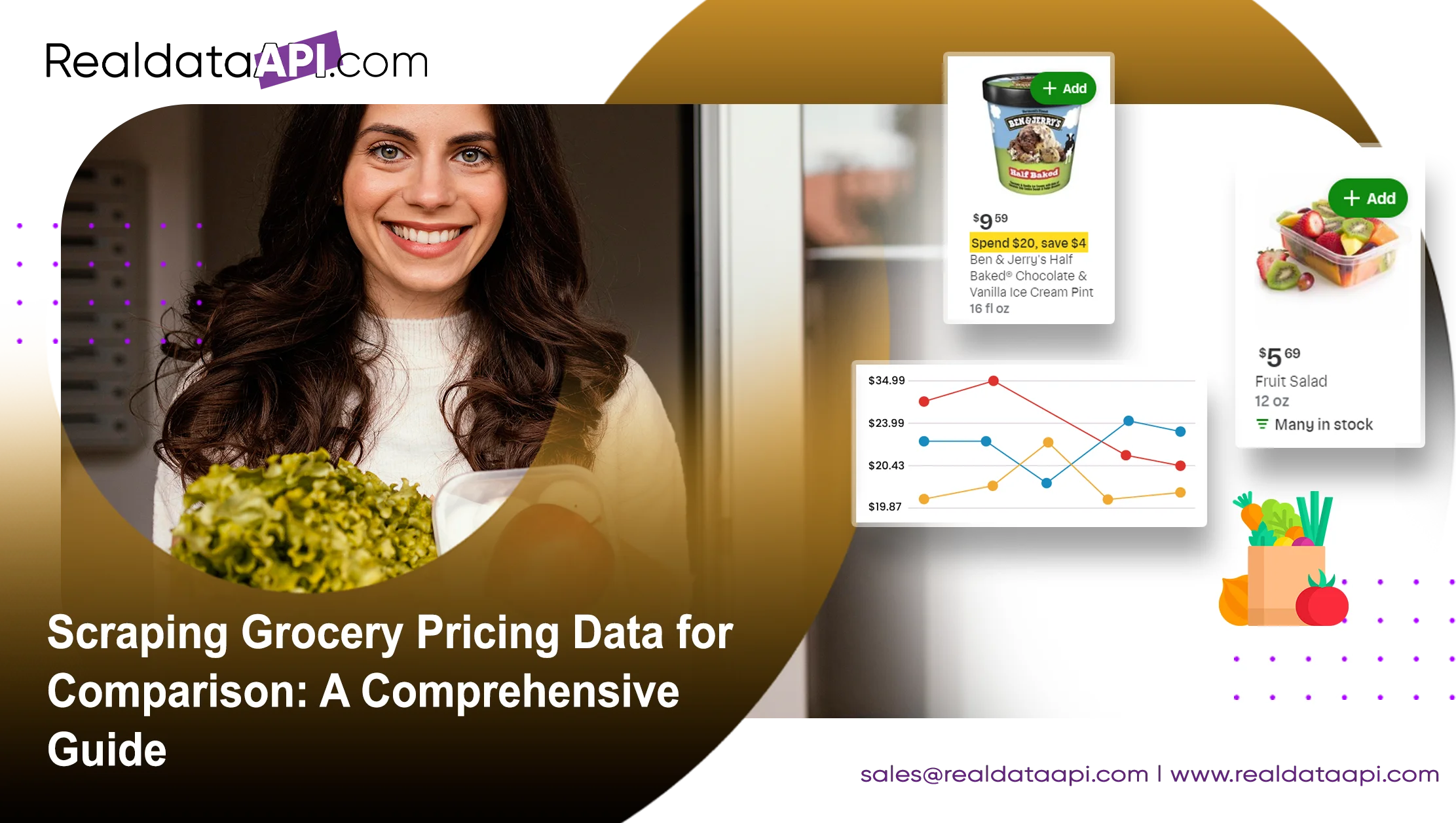
In today’s competitive retail landscape, understanding pricing trends is crucial for both consumers and businesses. Consumers are constantly seeking the best deals, while businesses strive to offer competitive prices without compromising their profit margins. This has made the ability to scrape grocery pricing data a powerful tool for various stakeholders, enabling them to make informed decisions based on real-time data.
This blog will explore the intricacies of scraping grocery pricing data, including the benefits, use cases, and the steps involved. We will also delve into some relevant statistics that highlight the growing importance of grocery pricing data collection.
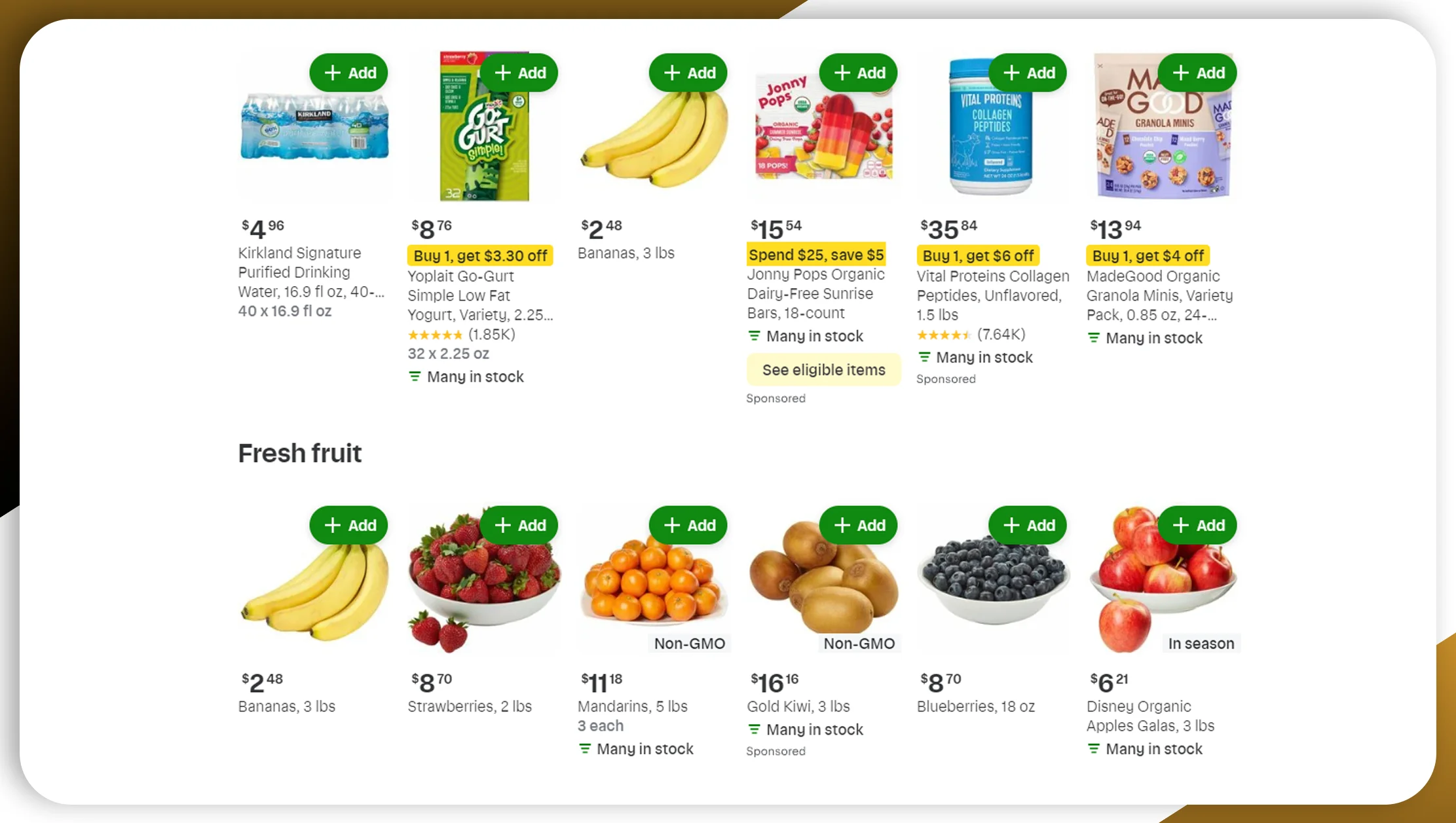
Grocery pricing is a critical factor influencing consumer behavior. According to a 2023 survey by Statista, over 75% of consumers in the U.S. consider price the most important factor when deciding where to shop for groceries. As inflation and economic uncertainty continue to affect household budgets, this number is expected to grow.
For businesses, understanding competitors’ pricing strategies is equally important. NielsenIQ reports that price sensitivity among consumers has increased by 35% over the past five years. In this environment, businesses that can effectively analyze and adjust their pricing in real-time are more likely to maintain customer loyalty and market share.
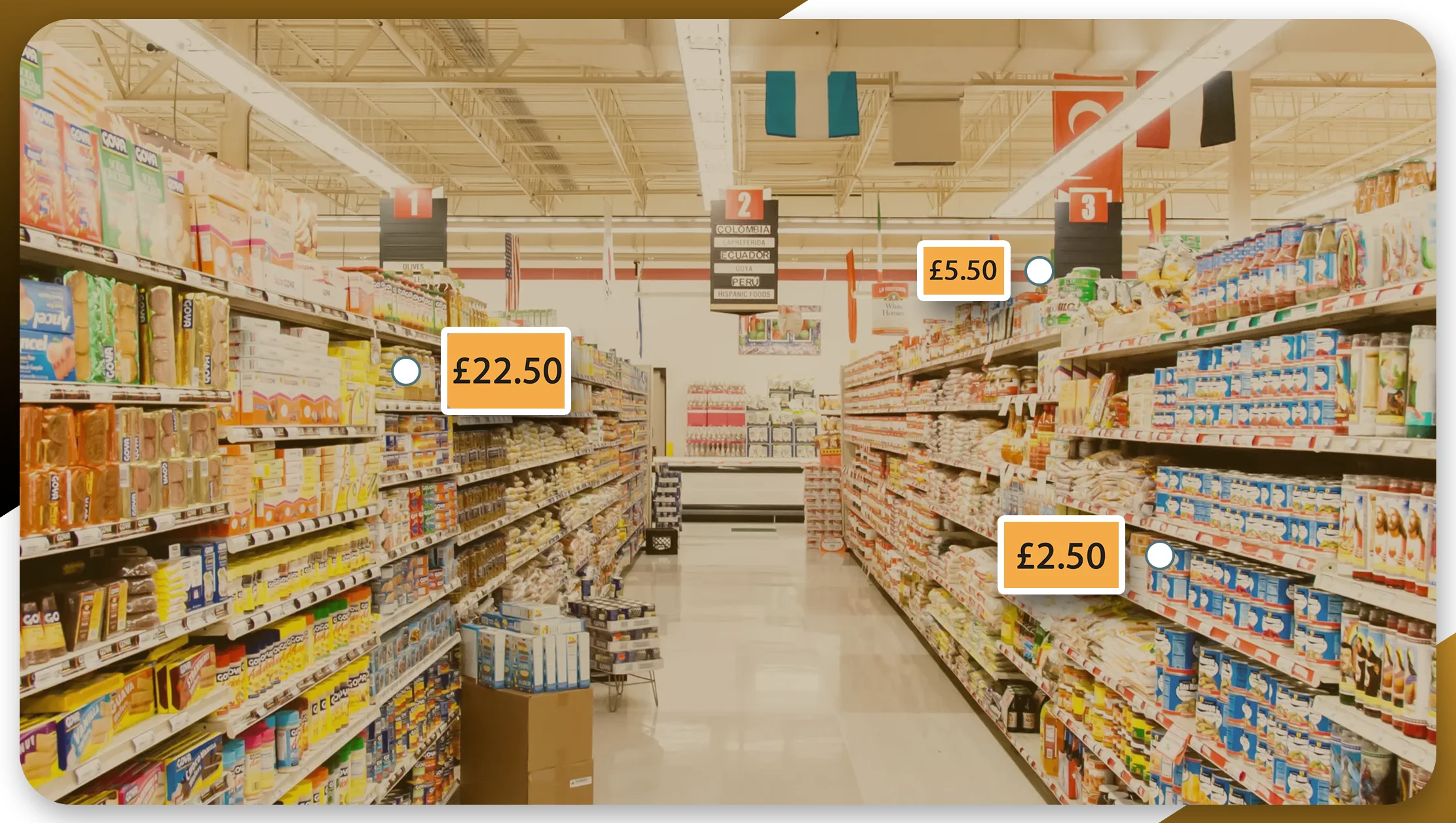
Grocery pricing data scraping involves using automated tools, known as web scrapers, to collect pricing information from various grocery store websites. This data is then aggregated, analyzed, and used for various purposes, including price comparison, market analysis, and competitive intelligence.
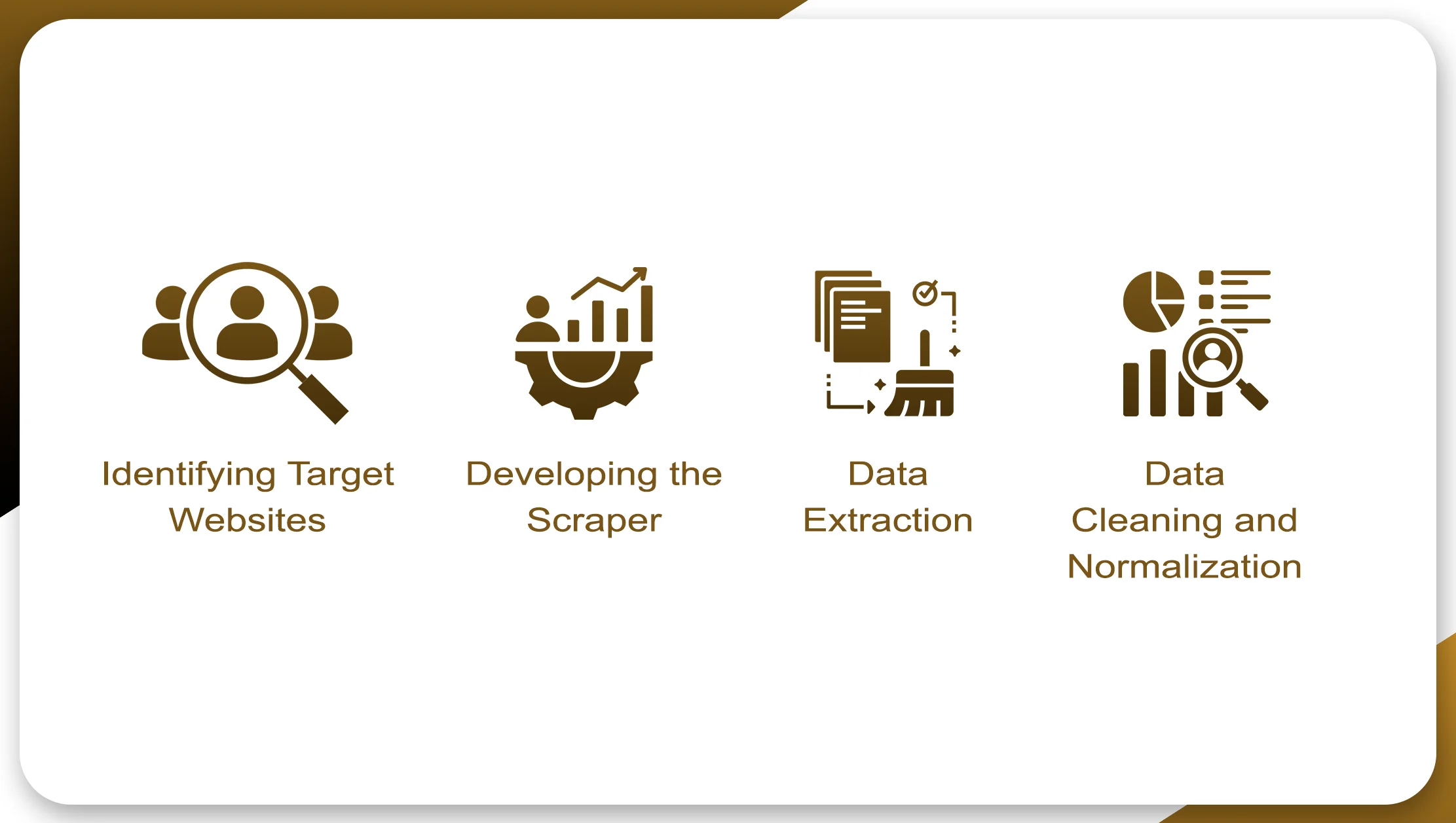
Identifying Target Websites: The first step is to identify the grocery stores or online platforms from which you want to extract data. These could include major supermarket chains, online grocery delivery services, or niche retailers.
Developing the Scraper: Once the target sites are identified, a web scraper is developed or configured to navigate the site, locate the relevant pricing data, and extract it. This often involves identifying HTML elements that contain pricing information and other relevant details like product names, sizes, and categories.
Data Extraction: The scraper collects the data and stores it in a structured format, typically in a database or a CSV file. This data can then be used for further analysis or integrated into other systems.
Data Cleaning and Normalization: The raw data often needs to be cleaned and normalized to ensure consistency and accuracy. This might involve removing duplicates, correcting errors, and standardizing units of measurement.
Analysis and Reporting: Finally, the data is analyzed to derive insights. This could involve comparing prices across different stores, tracking price changes over time, or identifying pricing trends for specific products.
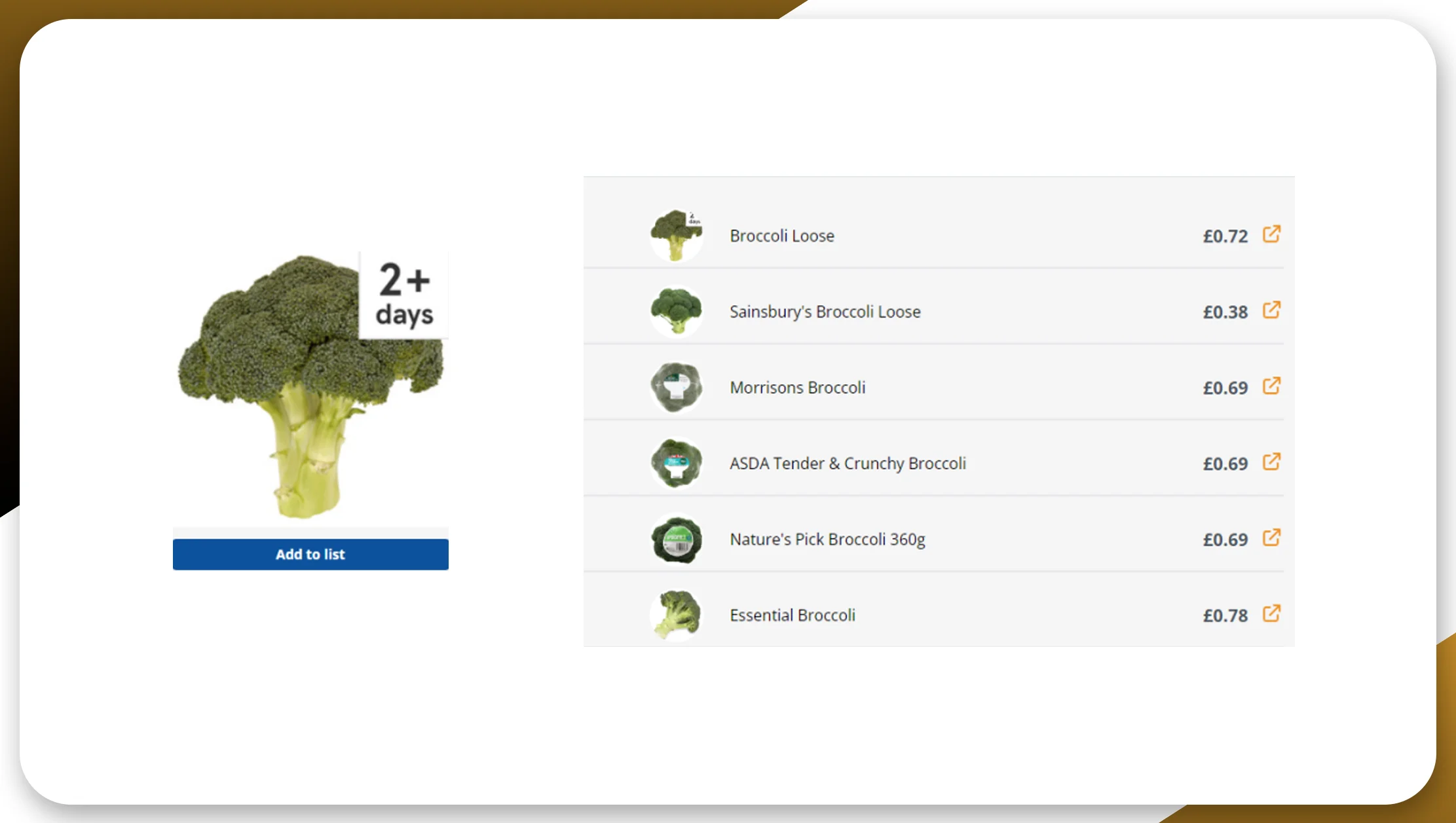
Extracting grocery pricing data offers numerous benefits to both consumers and businesses. Here are some of the key advantages:
For consumers, the most immediate benefit is the ability to compare prices across different grocery stores. This enables them to find the best deals and save money. For businesses, offering a price comparison tool can drive traffic to their website and increase customer engagement.
Businesses can use scraped grocery pricing data to monitor competitors’ pricing strategies. This allows them to adjust their prices in real-time, ensuring they remain competitive in the market. For instance, if a competitor drops the price of a popular product, a business can quickly respond by adjusting its own prices.
Scraping grocery pricing data provides valuable insights into market trends. By analyzing price changes over time, businesses can identify patterns and forecast future trends. This is particularly useful for manufacturers and suppliers who need to adjust their pricing strategies based on market conditions.
Dynamic pricing adjusts prices in real-time based on factors like demand and competition. By leveraging scraped grocery pricing data, businesses can fine-tune their pricing strategies, enabling them to optimize prices and boost revenue.
By analyzing pricing data in conjunction with sales data, businesses can make more informed decisions about inventory management. For example, if the price of a particular product drops, businesses might increase their stock to take advantage of higher demand.
Extracting grocery pricing data can also provide insights into consumer behavior. By tracking which products have frequent price changes and how consumers respond, businesses can better understand consumer preferences and adjust their marketing strategies accordingly.
